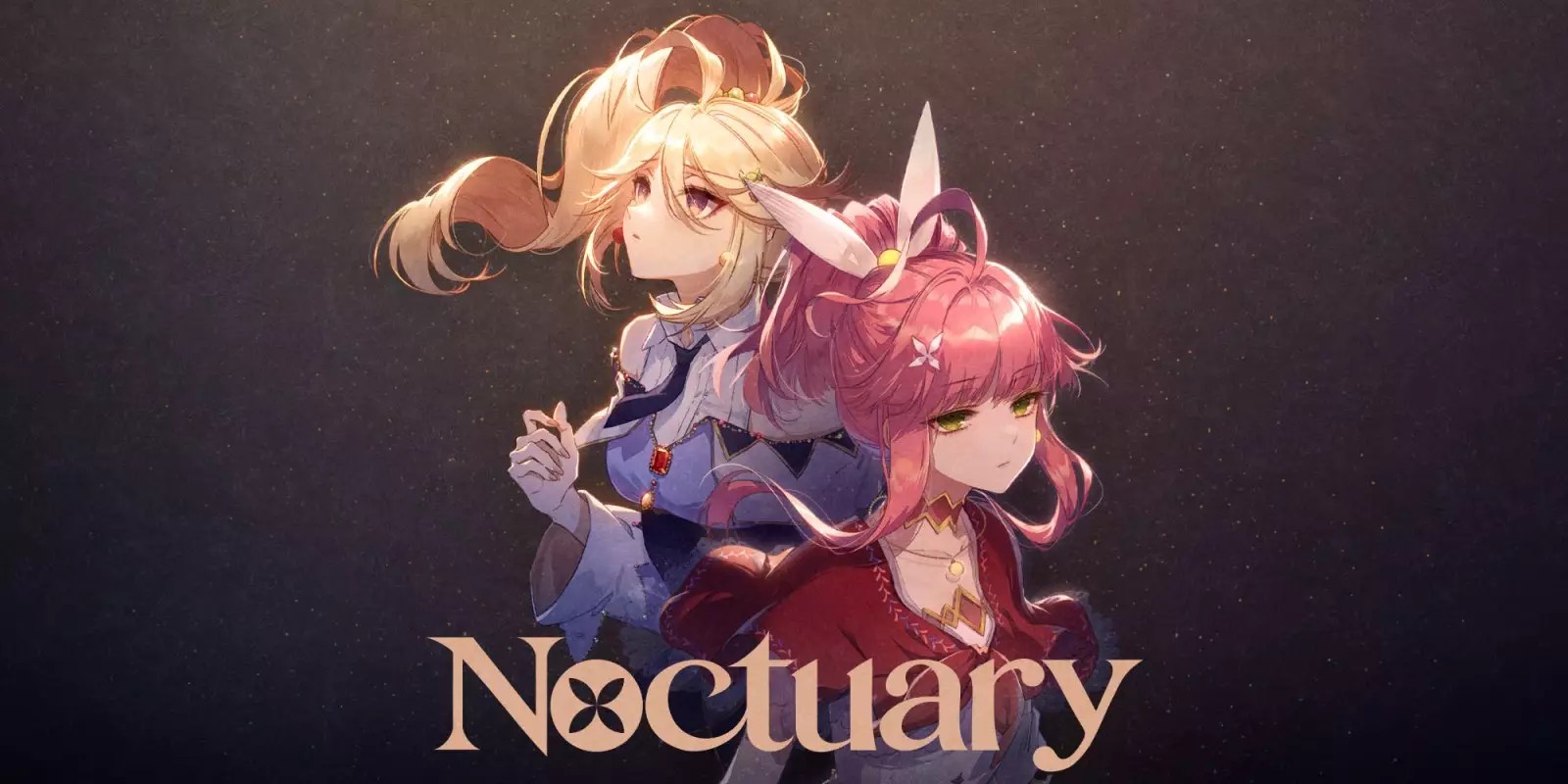Many gamers and industry analysts anticipated a quiet lull as July drew to a close. Historically, late July has been characterized by a downturn in major releases, serving as a bridge before the yawn-inducing months of early fall. However, 2025 defied these expectations with an extraordinary surge of innovative titles, stealth launches, and unexpected gems hitting the digital shelves on July 31. This day not only shattered the myth of summer stagnation but also demonstrated that the gaming ecosystem remains vibrant and unpredictable, capable of delivering fresh experiences even during supposed off-peak periods. Such an influx signifies that developers, regardless of size, are increasingly willing to challenge seasonal norms, emphasizing the importance of continuous engagement and surprise in an industry that thrives on novelty.
A Market Showcasing Diversity and Resilience
One of the most compelling aspects of this release explosion was its diversity. From meticulously crafted indie titles to robust remasters of revered classics, the offerings spanned genres and tones. Surprising stealth titles like Spy Drops and Time Flies engaged players with their ingenuity and narrative depth, often arriving without fanfare yet instantly captivating specific audiences. Meanwhile, large franchises such as Ys IX and Ys VIII received enhancements that demonstrated how timeless classics can evolve for contemporary hardware, reaffirming their relevance while attracting both nostalgic fans and newcomers. The mix of genres—from horror to roguelike shooters, to visual novels—ensures that there’s an experience tailored for every gaming appetite, underlining the resilience of a medium that adapts and thrives amid changing consumer preferences.
Digital-First Strategy: A Sign of the Future
A notable trend highlighted by the July 31 releases is the emphasis on digital distribution. Many titles, including the remastered Ys entries, launched exclusively online, with physical editions either delayed or unlikely. This digital-first approach not only reduces production costs but also accelerates the pace at which games reach players, aligning with modern expectations of instant gratification. Moreover, cloud gaming integration, such as support for GeForce NOW, and features like cross-save syncing across devices, are transforming how players access and manage their libraries. This shift reflects an industry adapting to a world increasingly dependent on connectivity and convenience, pushing the boundaries of traditional physical distribution models and catering to the on-demand culture.
Stealth and Surprise as Strategic Tools
The surprise release of titles like Noctuary and Mashina underscores a newer, more aggressive approach to marketing. Developers are increasingly leveraging stealth launches to create buzz—as opposed to traditional long-term promotional campaigns—highlighting a nuanced understanding that mystery itself can be a powerful marketing tool. These titles, although smaller in scope, have garnered dedicated communities and critical praise, proving that genuine quality and innovative gameplay can outshine big-budget marketing efforts. This strategy democratizes success for smaller studios, offering a platform where unique ideas can flourish beneath the shadow of AAA giants, provided they strike a chord with niche audiences.
Reimagining the Gaming Calendar
The significance of these late July launches lies not just in their content but in their timing. Forged amidst a landscape where September to November tends to dominate marketing and consumer attention, this day served as a vital reminder that the gaming calendar is more fluid and unpredictable than ever. It also signals a shift toward year-round content creation, where developers see value in seizing opportunities whenever they arise, regardless of the industry’s traditional peaks. For players, this means a more balanced experience, with new offerings popping up regularly rather than waiting for the once-established blockbuster season. This decentralization of release schedules enriches the ecosystem, fostering a healthier competitive environment where quality, innovation, and timing all matter equally.
The Future of Gaming Lies Beyond Traditional Metrics
Reflecting on July 31, 2025, it becomes clear that success in gaming is no longer solely dictated by blockbuster launches or massive marketing campaigns. Instead, it is about the stories these titles tell, the communities they foster, and the ways they adapt to modern consumption habits. The industry’s willingness to experiment with stealth releases, digital-first distributions, and cross-platform capabilities signifies a maturing ecosystem that values agility and player-centric approaches. While big names will always dominate headlines, it is through these smaller, unexpected drops that the true potential of gaming as an art form is realized. As we look toward the future, it’s evident that innovation and persistence will continue to be the guiding forces behind the most memorable gaming moments, even in the quietest of seasons.


Leave a Reply